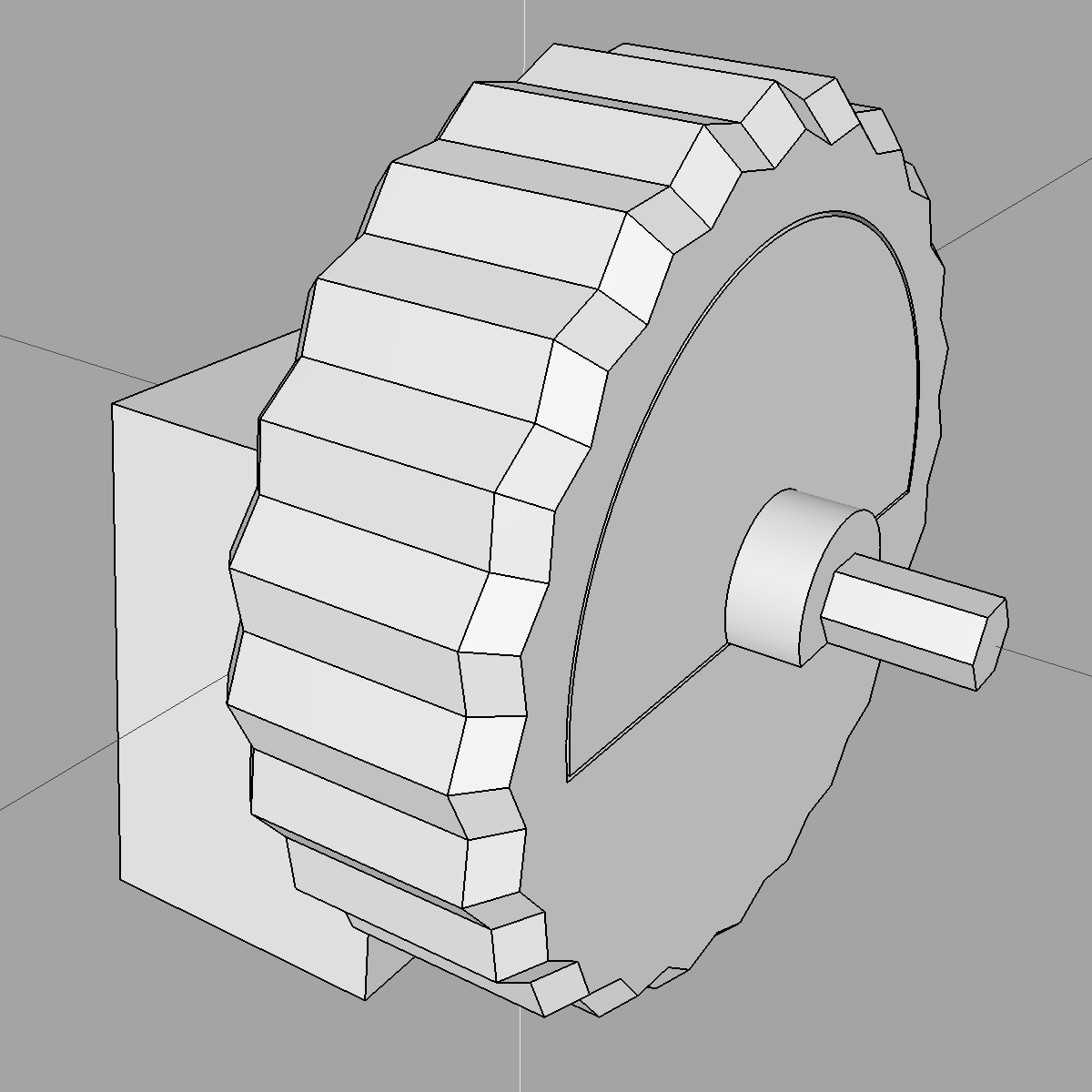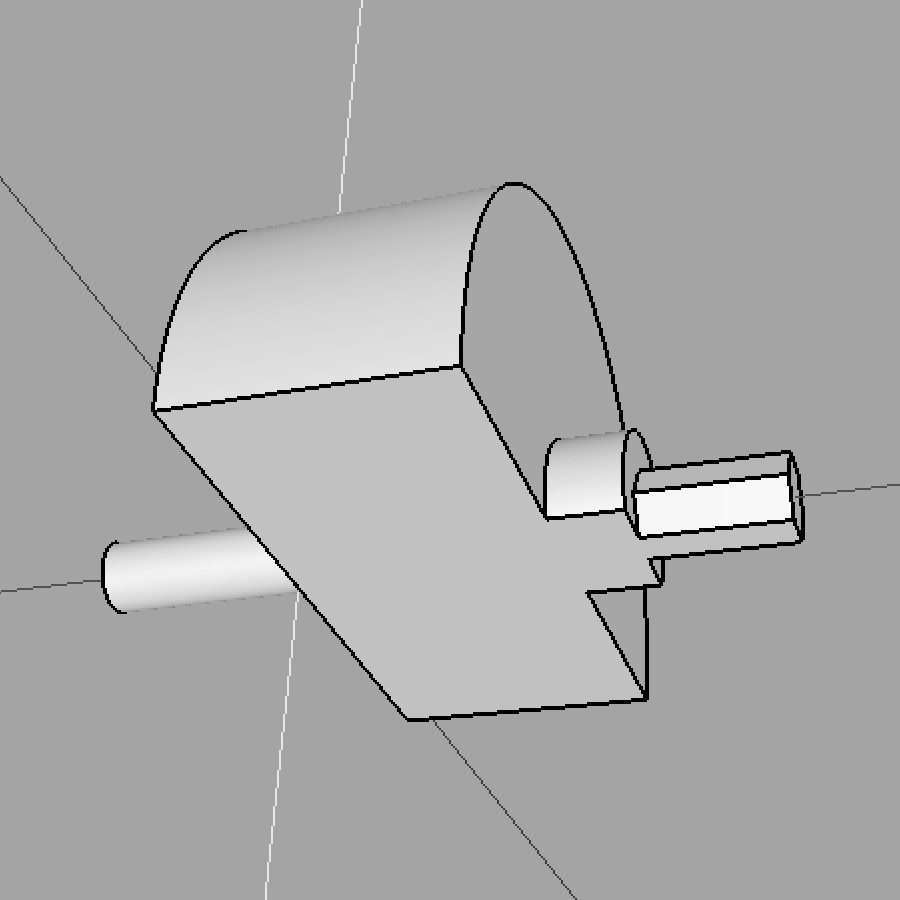News and research
Blog
News
Research
Other
Progress report #22
23 April 2024 <- Previous Next ->
Migration from Blender to Build123d
We decided to start using Build123d as our main modelling solution. The original idea of using Blender as a CAD app did not turn out to be very popular.
Build123d is a CAD solution that defines models in code (Python). Internally it uses OpenCascade, the same engine than FreeCAD.
We chose Build123d based on multiple criteria we defined:
- Open-source and multiplatform support.
- Active project and community.
- Learning resources and documentation quality.
- Common CAD abstractions and tooling.
- Collaboration workflow (able to review on Git/GitHub).
- Assembly tooling / multipart integration.
In the latest Alpakka 3D-models release c0.96.0 we already ported the scrollwheel (with a full redesign) and the L1/R1 triggers to Build123d. The new scrollwheel features a redesigned core, much more stable and easier to print. While the L1/R1 triggers are just a 1:1 port.
Our plan is to keep porting Alpakka parts into Build123d gradually, and starting the Kapybara prototyping directly in Build123d.



Wireless Alpakka (the odyssey continues)
In the last report we explained our criteria to evaluate the Pico W with BT and how we were not able to achieve acceptable results.
During the last weeks we focused on evaluating Pico W with WLAN, and while the initial results on latency (~2 ms) and jitter were very satisfactory, we found critical issues with connection dropping. Since we were no able to solve these problems, this solution is also unsuitable.
We came to the conclusion that at present the combination of Pico W with (either with BT or WLAN) may not be suitable to for low-latency videogame peripherals. For now we decided to explore alternatives without the Pico W:
- Combine the normal Pico with a standalone RF module best suited for our usecase.
- Redesign the PCB with a bare RP2040 and a standalone RF module.
- Redesign the PCB into the Nordic Semi SoC ecosystem.
- Redesign the PCB into the Espressif ESP32 SoC ecosystem.
In the case of Nordic or ESP32 redesigns, we would have to maintain backwards compatibility for current "Raspberry" PCBs (for new firmware features and fixes), which is not a trivial task.
Battery charging
We have been experimenting with Microchip MCP73871 integrated circuit for power management, as a simple way to power the Alpakka either from the USB or from a LiPo battery, to charge the battery if necessary, and to indicate if the battery is low, charging, or fully charged. Results are very positive so we will continue with this chip if there are no surprises.
Using an early prototype, we ran a full cycle of charging and discharging the battery while playing some games (mostly Helldivers 2 and other FPS). With this setup the 1200 mAh battery lasted for a total of 17 hours of continued gameplay, which is better than what we expected.
Government funding
We applied for grants coming from the government of Finland, aiming to help small startups to innovate. Some were already approved, and even though these are modest, surely will help us running our research. Kiitos Suomi!
Thanks for the support.
- Marcos and Michael 🤍
